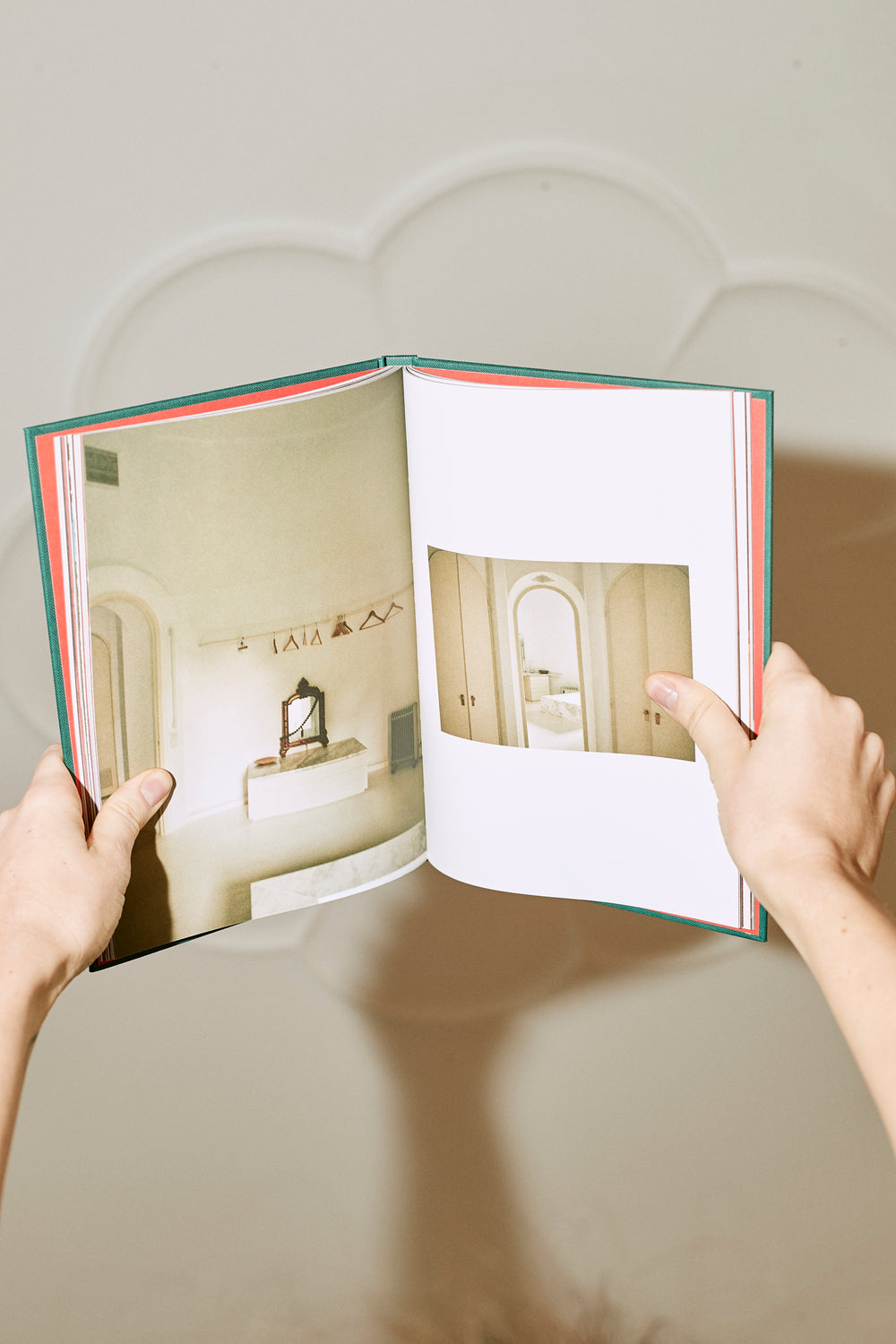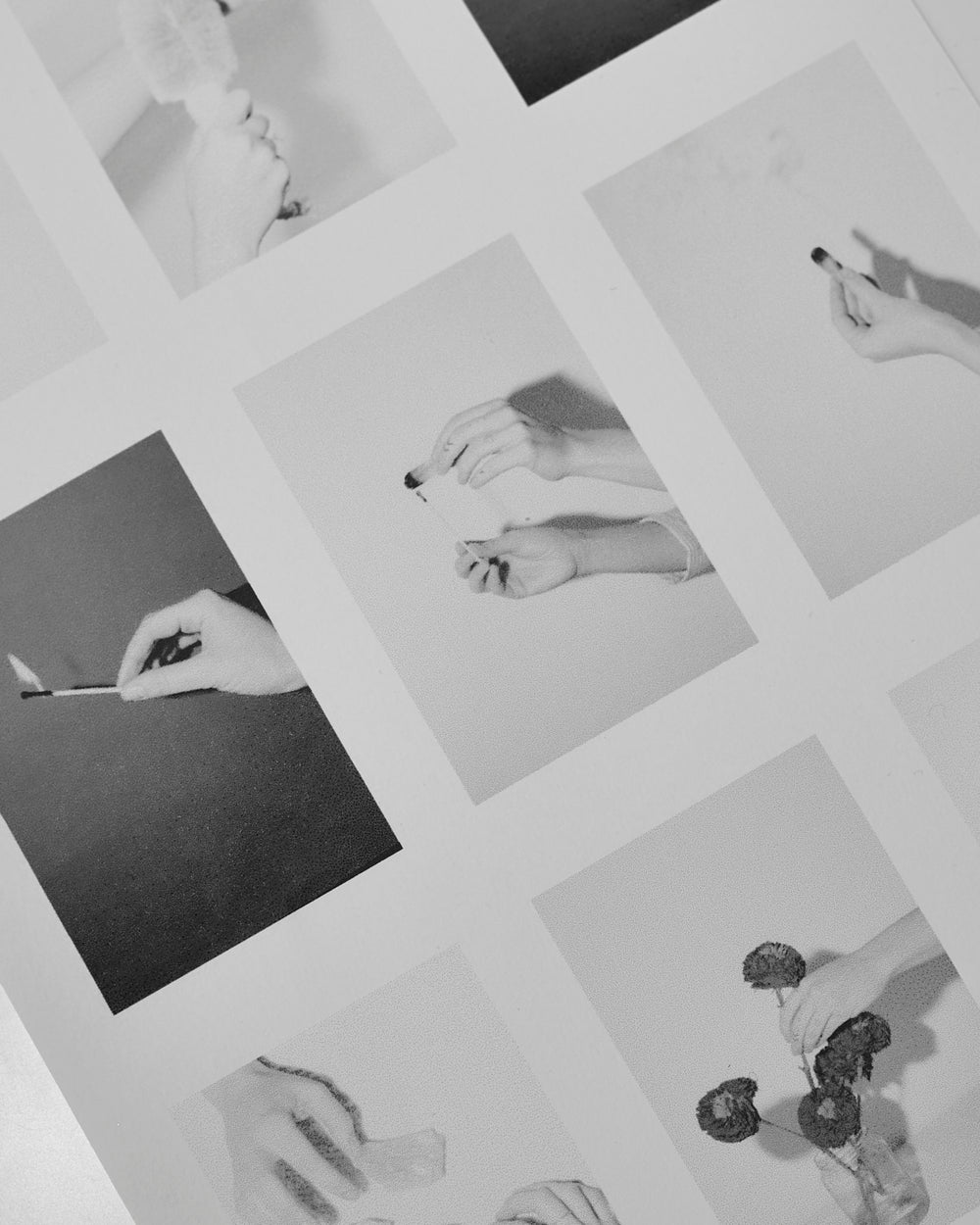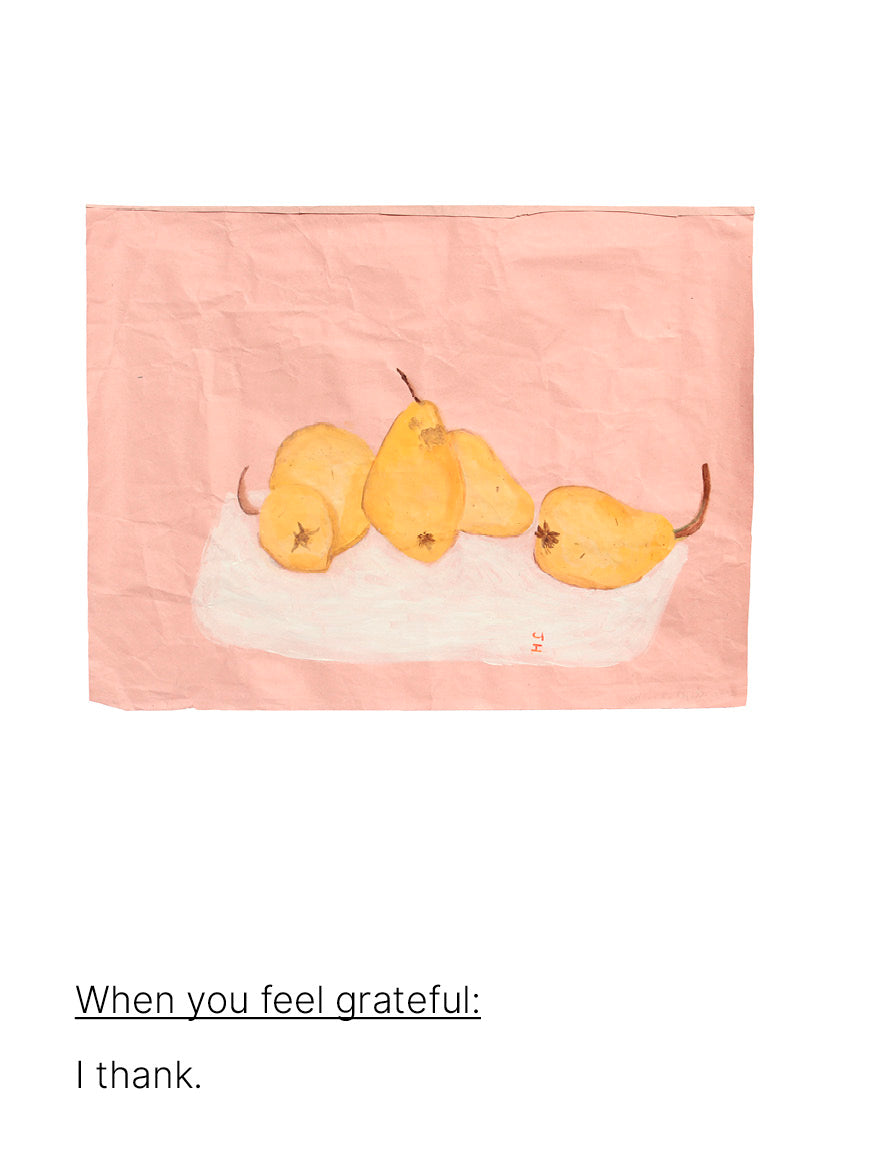02 Pamphlet - Gesti Quotidiani
The gesture according to Agamben

The essence of the gesture.
(Inside the Gesto. A reflection on Giorgio Agamben thoughts about the gesture).
A gesture is sometimes a non-verbal sign, but that’s not all it is. It derives from gestus, a word that indicates every attitude of the body, of the person. In an act, a person does not communicate a certain meaning or purpose, but the pure communicability of that act freed from all purposes (Agamben).
In the dance, the gesture is not only the movement but rather, above all, the sudden stop between two movements that encloses in itself and shows the memory of the entire choreography (“Danzare per fantasmata” of Domenico da Piacenza).
The “gesture without movement” of the pause contains the preceding and following movements, the infinite time contained in a gesture. According to Agamben, in the gesture of the dancer and in that of the mime the power is preserved in the act;
the power and the act, the means and the end, compensate and perform each other. There are actions that appear unjustified, like games or contemplation, almost as if an agent can act without an end (Thomas).
Agamben goes further: for those who do it, a gesture is never a means to an end, nor an end in itself. Just as dance is the perfect display of the power of the human body, so in the gesture, the body, freed from the voluntary relationship to an end (organic or social), can explore and show all the possibilities it is capable of.
(This article summarizes some themes contained in “For an ontology and a politics of gesture”, by the philosopher Giorgio Agamben).
Describing the dancer and choreographer Nijinski (1890-1950), the writer and critic Jacques Rivière writes: “he travels on a path that he destroys as he goes along it, following a mysterious thread that immediately becomes invisible behind him [...] every time that the body seems to offer impulses and occasions, the movement stops and starts again, and every time the body feels a possible starting point, it will find and retain its momentum. a source which must exhaust all the streams afterward, it goes upstream within itself and the dance is the analysis and the count of all inclinations to move discovered in the path so far”.

